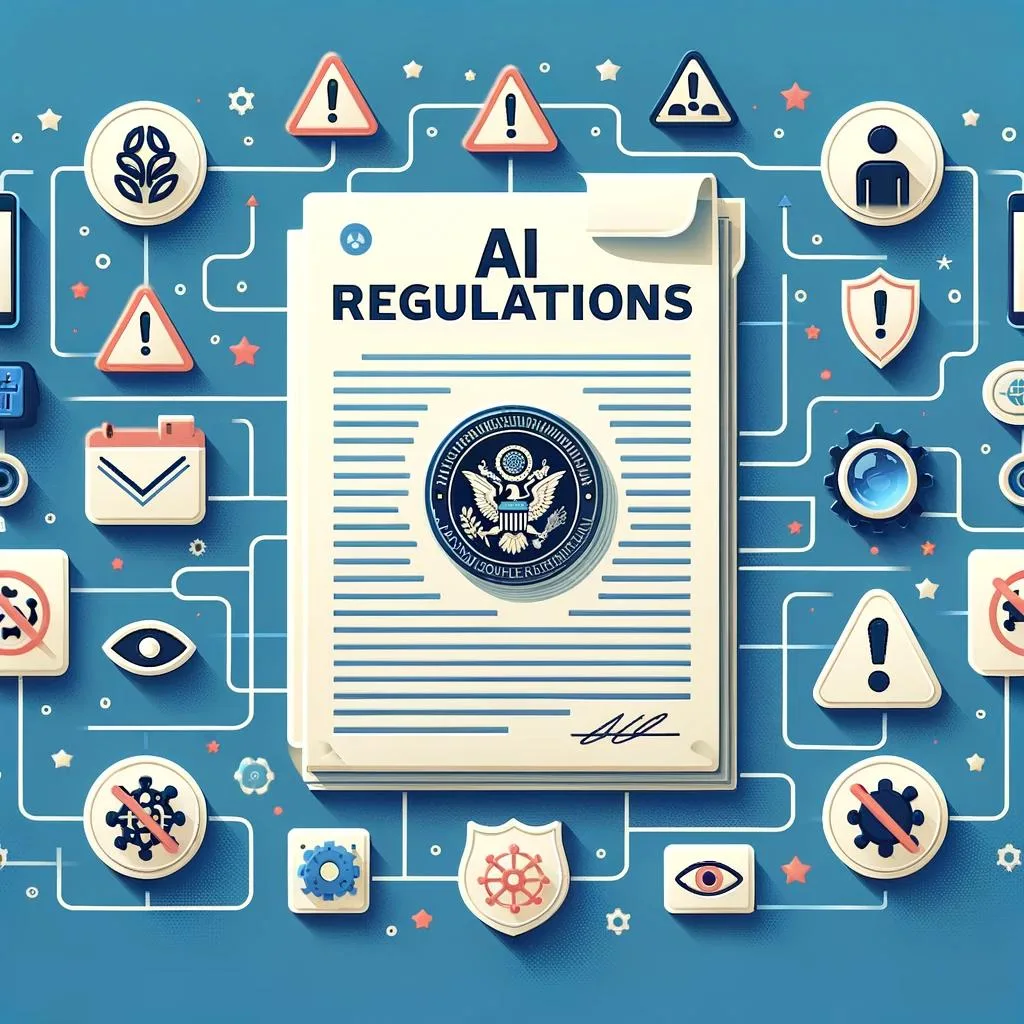
Artificial intelligence regulations are at the forefront of President Joe Biden’s recent Executive Order, which addresses the potential risks and benefits associated with AI technology. The order acknowledges AI’s immense potential in solving urgent challenges and promoting prosperity, innovation, and security. However, it also highlights the dangers of irresponsible AI use, including fraud, discrimination, bias, disinformation, job displacement, competition suppression, and national security risks.
Challenges in Implementing AI Regulations
The execution of the Executive Order will depend on the actions of executive branch agencies, which may face legal challenges. Vox’s Sara Morrison suggests that while the order is an ambitious attempt to address the concerns of various stakeholders, its implementation will rely heavily on these agencies. Additionally, the legislative branch is working on its own plans for AI regulation, adding another layer of complexity to the issue.
Criticisms of the Executive Order
Jeff Amico, former a16z partner and current Gensyn Network Head of Operations, criticizes the order, arguing that the reporting requirements, including disclosures when acquiring significant computing power, impose burdensome regulations on startups building large models. Amico believes that treating computing power as a dangerous resource is detrimental to U.S. innovation.
Impact on the Cryptocurrency Market
In the cryptocurrency market, AI-related tokens such as The Graph’s GRT, Fetch.AI’s FET, SingularityNET’s AGIX, and Ocean Protocol’s OCEAN have experienced declines ranging from 4% to 7% over the past 24 hours. This decline can be attributed to the uncertainty surrounding the implementation of artificial intelligence regulations and their potential impact on the industry.
Striking a Balance Between Benefits and Risks
The main objective of President Biden’s Executive Order on AI regulations is to strike a balance between the potential benefits and risks associated with AI technology. The order aims to ensure that AI is developed and used responsibly, without stifling innovation or causing harm to individuals and society.
To achieve this balance, the Executive Order calls for the development of guidelines and policies that promote transparency, fairness, and accountability in AI systems. It also encourages collaboration between the public and private sectors, as well as international cooperation, to address the global challenges posed by AI technology.
Future Outlook
As artificial intelligence regulations continue to evolve, it is crucial for stakeholders, including government agencies, businesses, and individuals, to stay informed and engaged in the conversation. The successful implementation of AI regulations will require a collaborative effort from all parties involved, as well as a willingness to adapt and learn from new developments in the field.
In conclusion, President Biden’s Executive Order on AI regulations aims to balance the potential benefits and risks associated with AI technology. However, its implementation may face challenges, and the cryptocurrency market has seen a decline in AI-related tokens. As the conversation surrounding AI regulations continues to develop, it is essential for all stakeholders to remain informed and engaged in order to ensure the responsible and beneficial use of AI technology.




